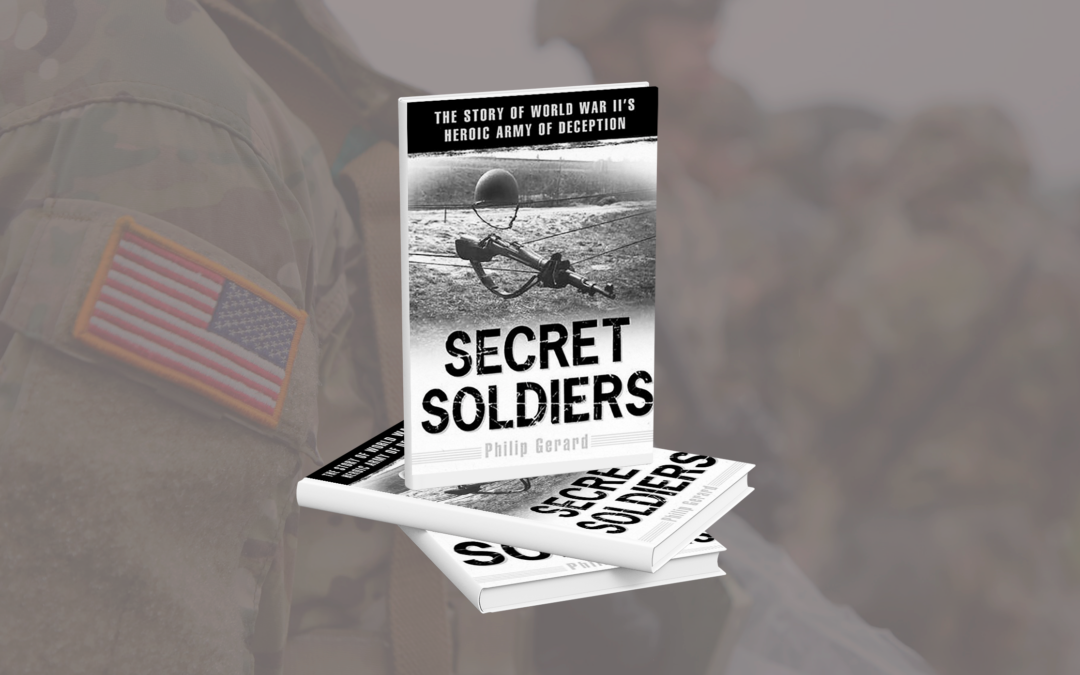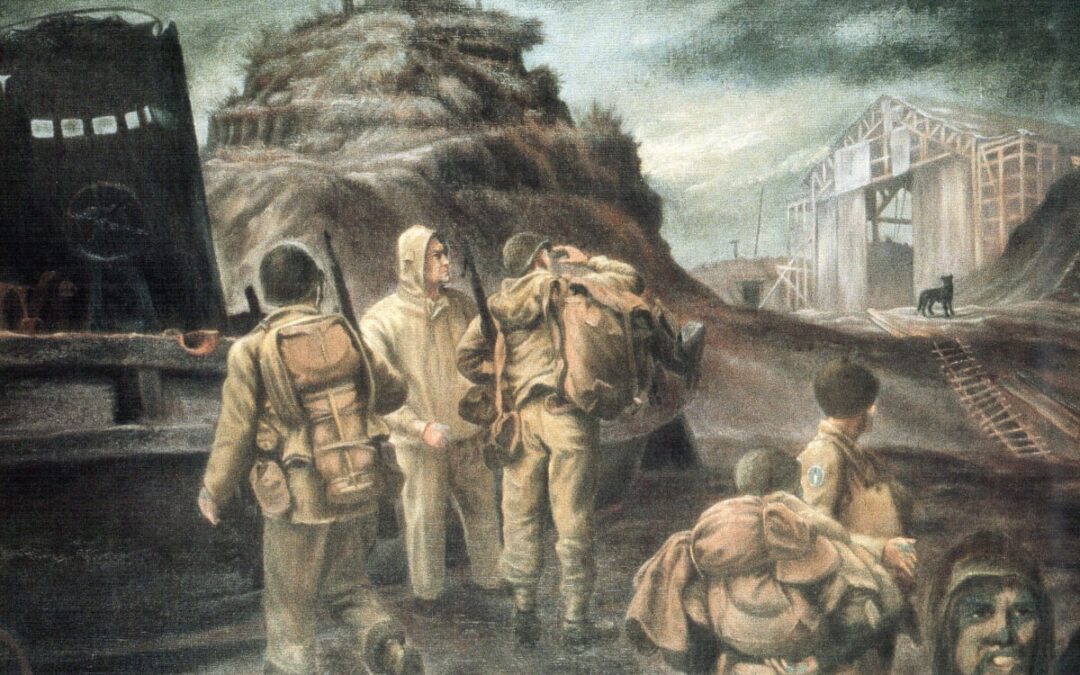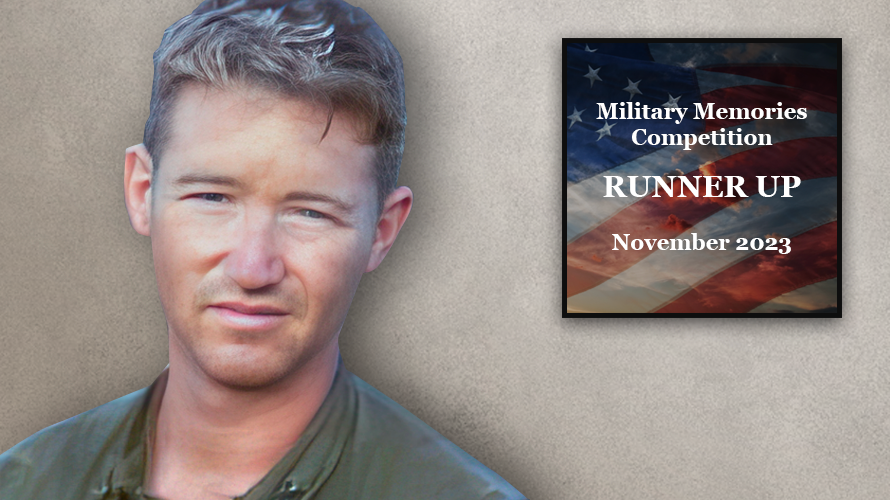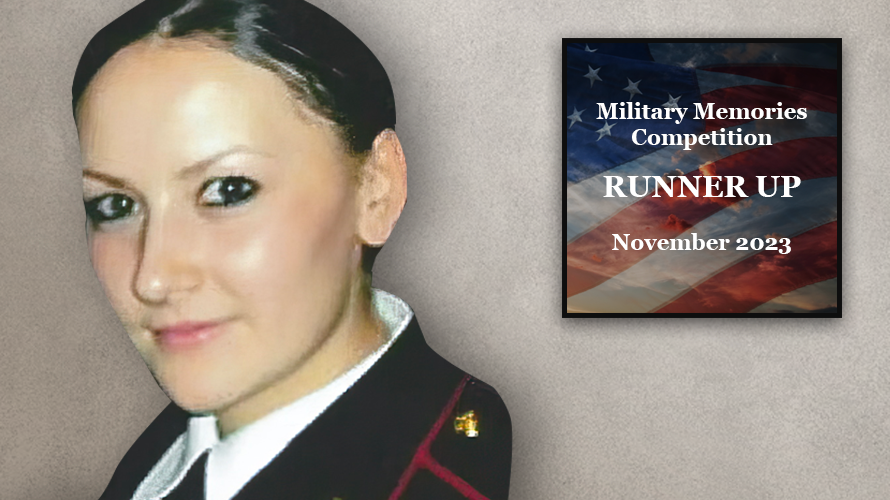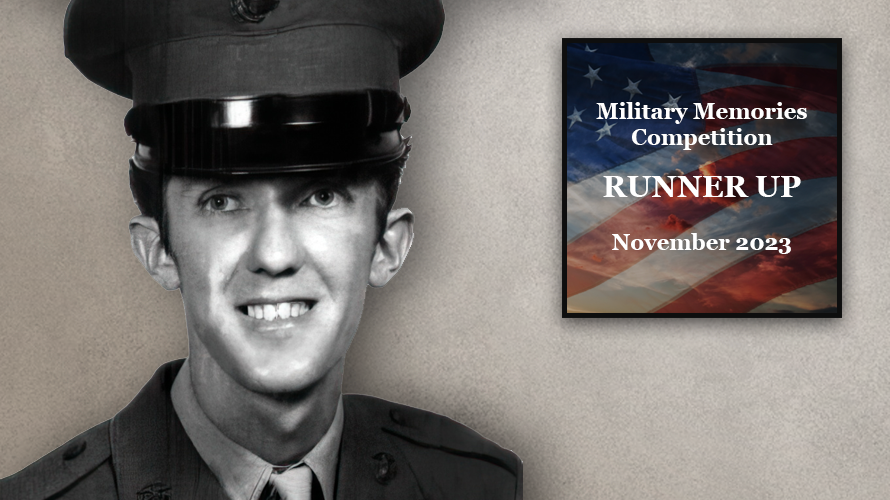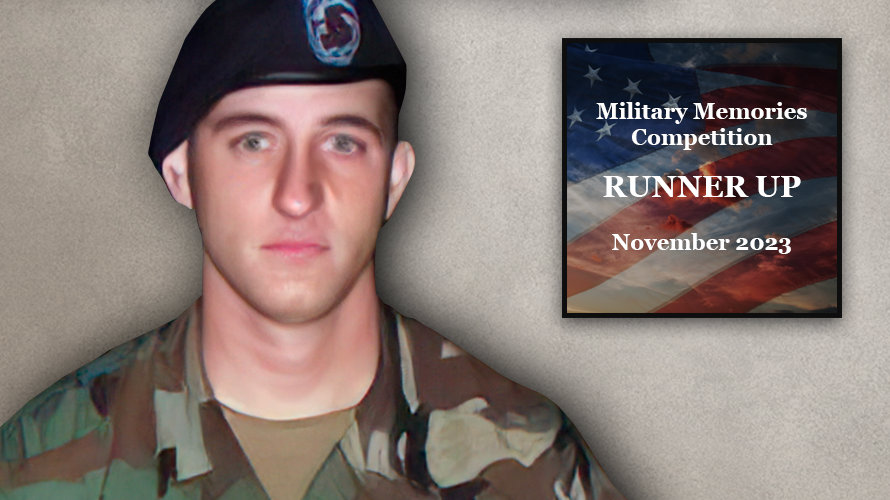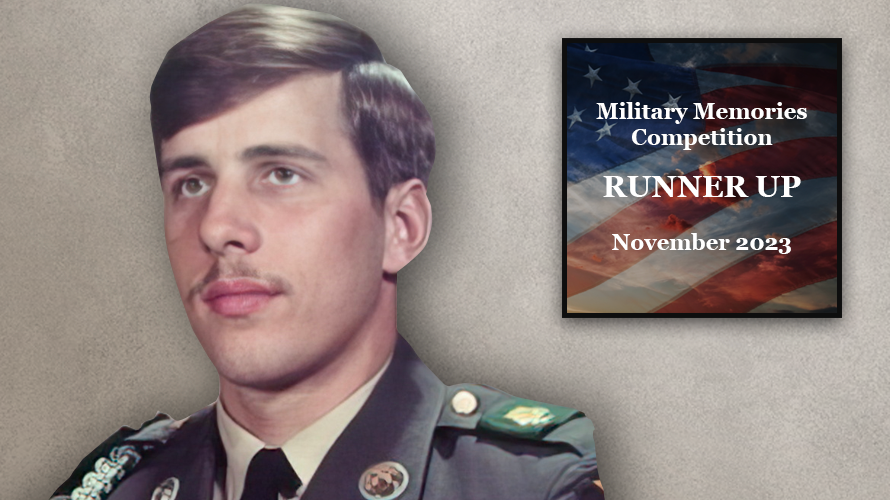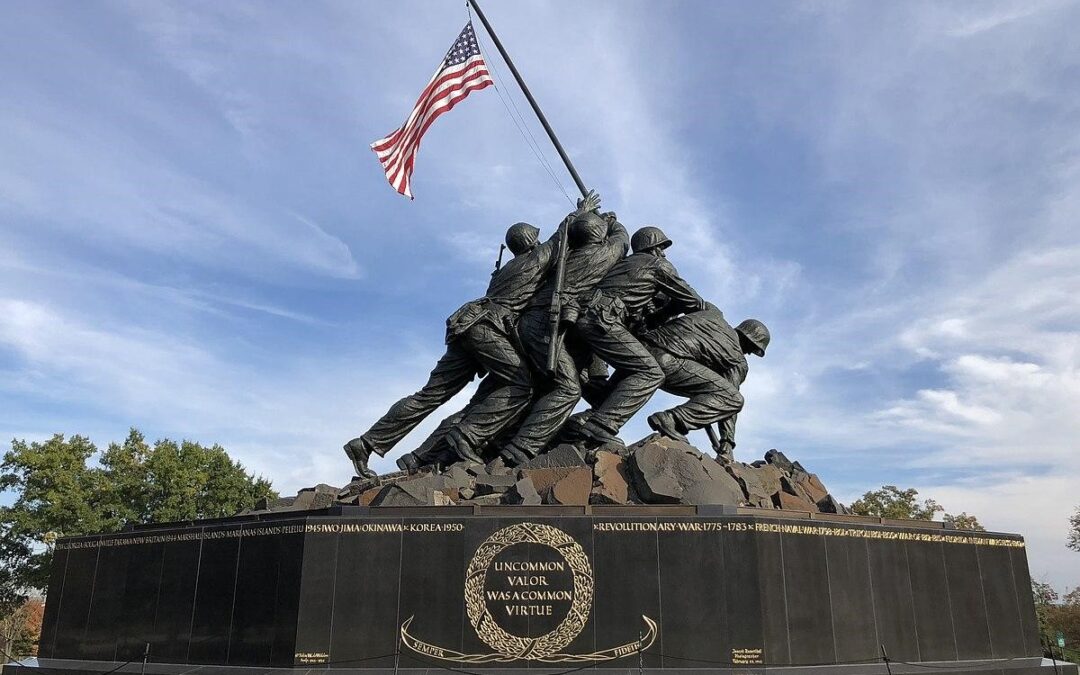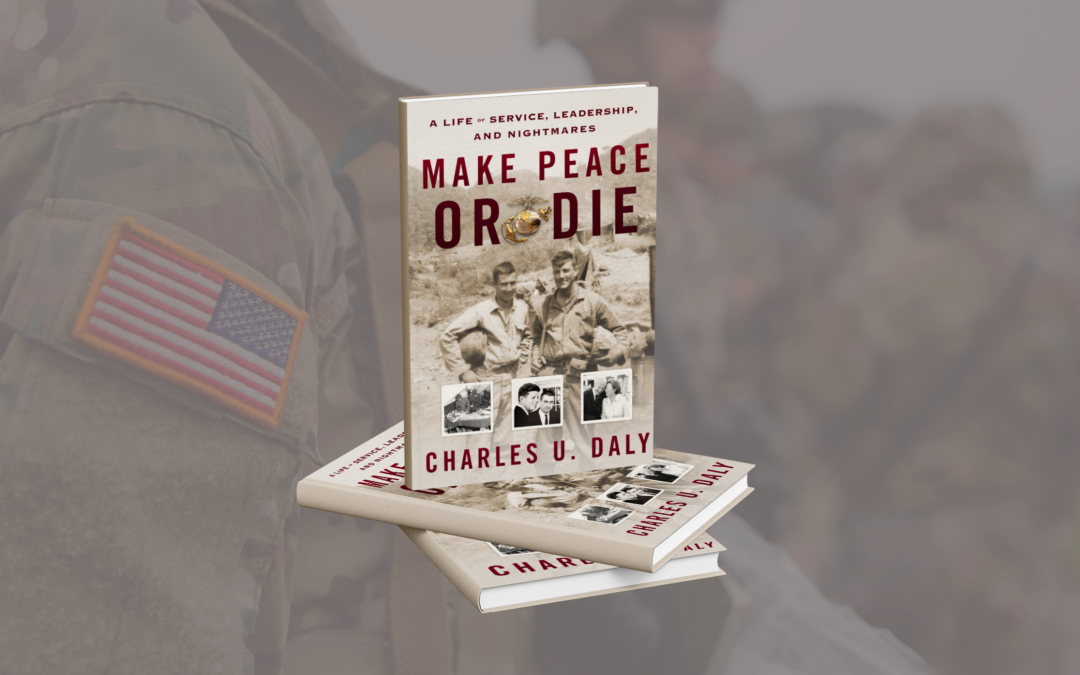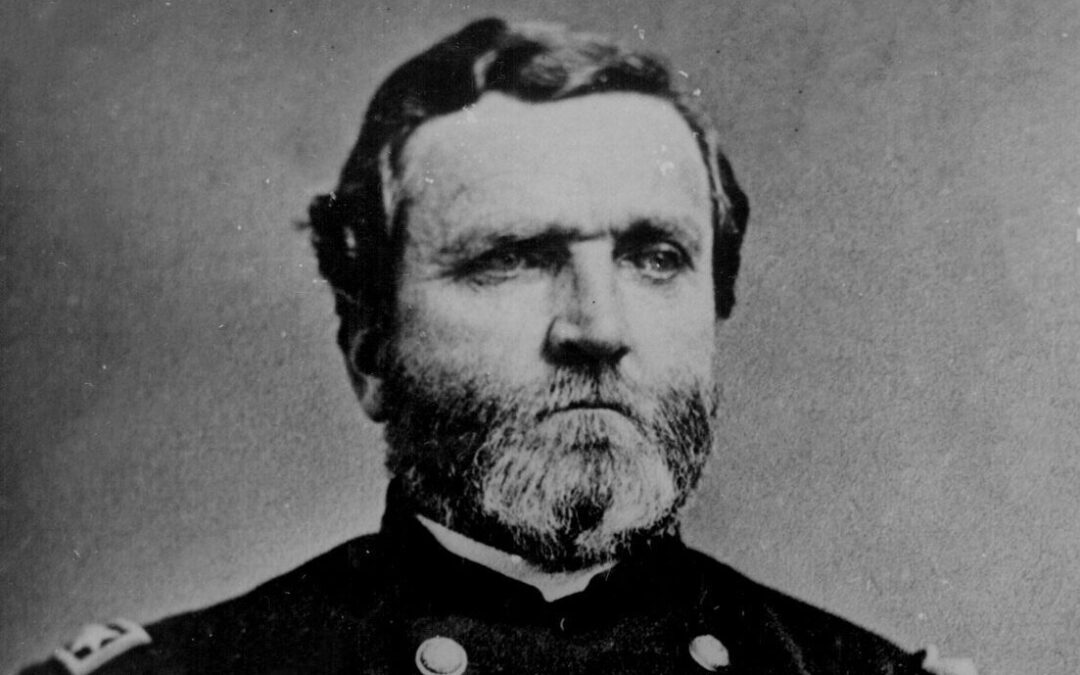They were masters of the craft of illusion and deception, and their greatest disappearing act was to vanish from history. The men of the 23rd Headquarters Special Troops were recruited to become phantom warriors in a ghost army to help win the Battle of Europe. A thousand strong, they fought in more campaigns, from D Day to the Rhine River, with more Allied armies, than any other unit in the European Theater of Operations - yet, not even their fellow American soldiers were aware of their presence. After Douglas Fairbanks, Jr., USNR, completed a tour of England and its special forces installations, the Hollywood star convinced the Navy brass to train an elite unit that eventually evolved into the only Army force of its kind. These elite soldiers counted among their number designer Bill Blass and painter Ellsworth Kelly. The Special Troops' mission was two-fold: to deceive the German Army into believing that the Allies possessed more troops and material than they actually did and, even...
